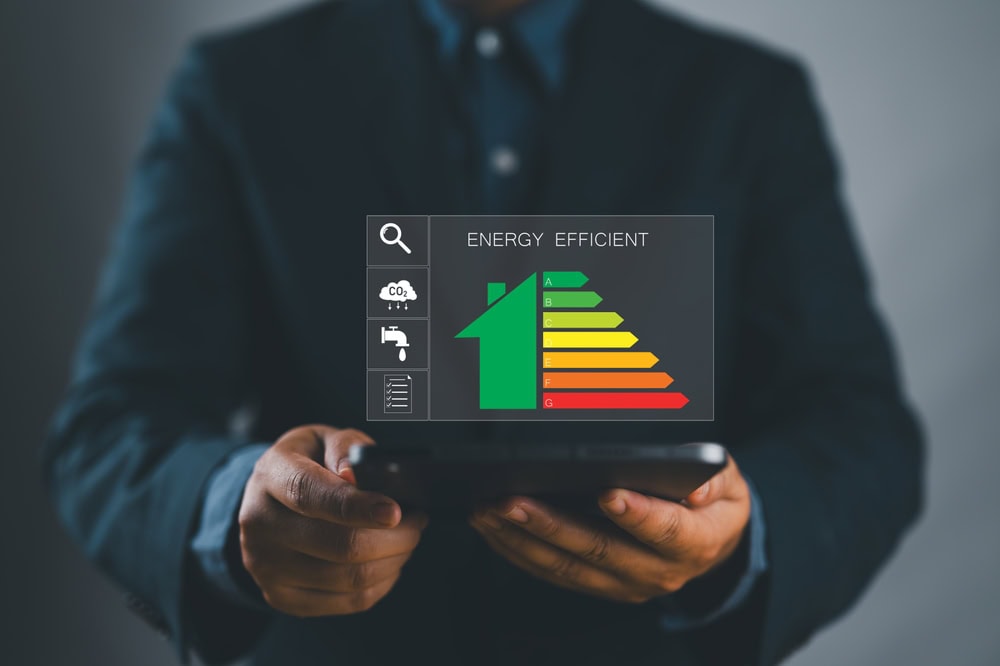What You Need to Know About Specialty Licenses for Emerging Trades in CA
Navigating the world of specialty contractor licenses in California can feel like stepping into a maze of regulations, classifications, and evolving industry standards. For small to medium business owners—especially those exploring managed IT solutions to streamline their operations—understanding these licenses is critical. Whether you’re launching a new construction business or expanding into emerging trades like … Read more










